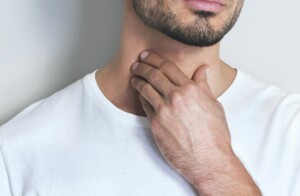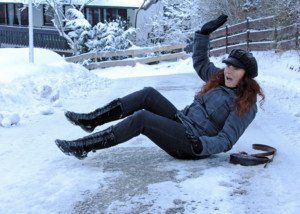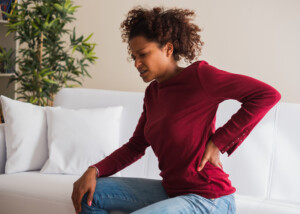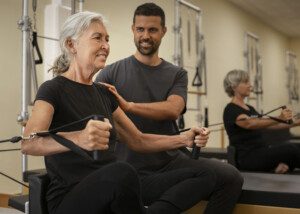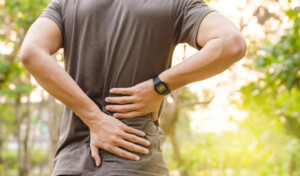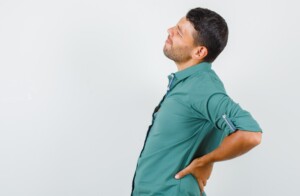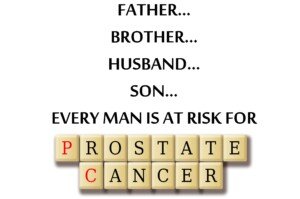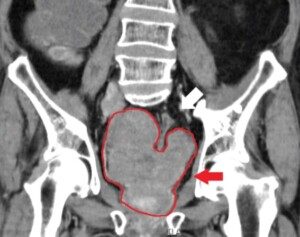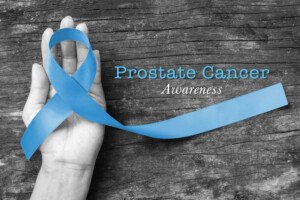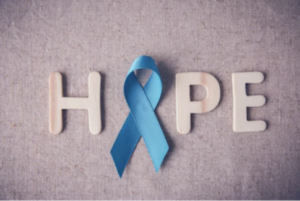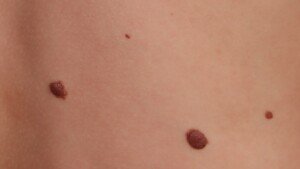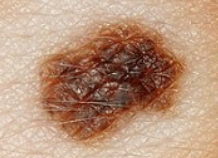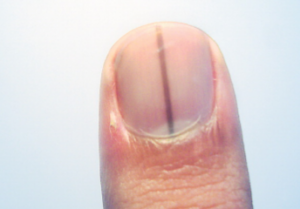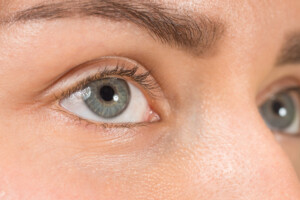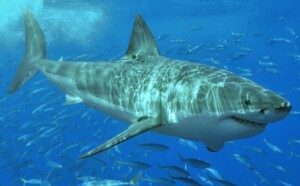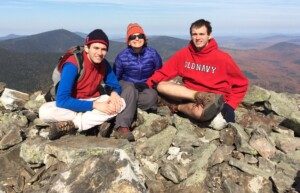You feel a pressure or soreness on the middle side of your neck when chewing food and maybe yawning.
It’s not there otherwise.
You don’t feel it upon pressing on your neck or talking.
The odd sensation comes on only when you chew food – and not necessarily all the time – and almost always when you yawn.
What can this be?
Well, it happened to me. It felt rather superficial rather than deep. This has to be a strained muscle, I thought.
But what had I done to strain a muscle on one side (towards the middle) of my neck?
Two days prior, I had gone to a climbing gym and, right after climbing, used their weights for strength training.
Climbing involves a lot of sustained neck extension, but I had already been doing this once a week, so why would it suddenly now strain a muscle?
Any athlete or fitness enthusiast knows that they could strain a muscle doing an exercise that they’ve been doing all along.
But still, I wasn’t convinced it was from the climbing.
I then reviewed the strength training, which had been mostly chest, shoulders and triceps.
I realized that I had performed skull crushers while lying on the round side of a BOSU board, with a single dumbbell held in both hands, particularly intensely.
The skull crusher exercise involves sustained semi-isometric contraction of the neck.
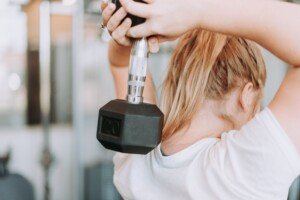
Dumbbell skull crusher while seated upright. When lying on the round part of a BOSU board, one’s neck is under much more tension, and it stretches as they lower the dumbbell behind their head.
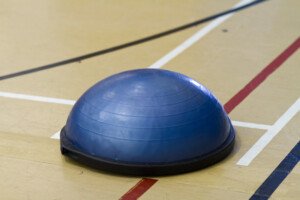
BOSU board. Freepik
Isometric means muscle contraction while the muscle is in a fixed position.
During a set of skull crushers, the neck extends under the resistance of moving the weight.
I then attributed the soreness and pressure at the middle side of my neck when chewing to this triceps-targeting exercise.
To test my theory, I lied on a sturdy wedge pillow that was on the floor (I use this for skull crushers when I can’t go to the gym).
Now, when I supported my overhanging neck with my hands, my neck felt normal.
When I released my hands and relied upon my neck muscles to keep my head from flopping backwards, BINGO – I felt the very same odd soreness, except even more so!
The cause, then, was intense skull crushers.
A Medical Doctor’s Explanation
“When you do a skull crusher the head has to be fixed in place or slightly flexed,” begins Dr. David Beatty, MD, a retired general practitioner with 30+ years of experience and an instructor of general medicine for 20+ years.
“The main muscle that does this is the sterno-mastoid. This muscle runs from the top of the sternum, or breastbone, to the mastoid process — this is the bony prominence behind and below the ear.
“To feel this muscle put your hand on the left side of your jaw and try to turn your head to the left against resistance.
“You should be able to feel your right sterno-mastoid become tense.
“During repetitive head crusher exercises these muscles will have to work hard.
“Like any muscle that works hard it can ache afterwards.
“As you chew food the sterno-mastoid gets moved and can be sore.”
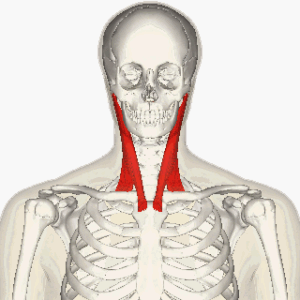
Sterno-mastoid process. CC BY-SA 2.1 JP/creativecommons
Why did it take two days for the soreness to kick in?
In the strength training and bodybuilding world, everyone knows about DOMS: delayed onset muscle soreness.
It’s a strange phenomenon in which everything feels fine the day after lifting weights.
But then two days later, you wake up feeling soreness in the worked muscles.
The soreness typically intensifies as the day goes on, and may even be worse three days out.
DOMS is perfectly normal.
Why did only one side of my neck get the soreness?
It’s no secret that sometimes, only one side of the body gets affected by muscle strains, even though an exercise involved both sides equally.
A classic example is a sore calf in only one leg. Or, only one shoulder might be unusually sore one or two days following a workout.
One side of your back, rather than both sides, might feel tweaky a day or two after deadlifting.
That’s just the way the body is: Strains often occur on only one side. This may be due in part to unknowingly favoring the other side when performing the lift.
Reassurance
Aside from having a pretty strong suspect in this case, I also was reassured by the fact that I never felt the pressure and soreness unless I moved the muscle when chewing food or yawning.
And that makes sense: You’re going to feel a strained muscle the most when you use it.
And there’s certainly neck muscle involvement when chewing food and yawning.
Three days out from my workout, I no longer felt the sensation in my neck.
Rule of Thumb
Whenever you suddenly begin feeling an unusual discomfort, soreness or pressure, ask yourself what you’ve done within the past few days that activated the muscles in that area.
Take note of what specific movements bring on the sensation.
Give it several days to resolve on its own.
 Dr. Beatty has worked in primary medicine, surgery, accident and emergency, OBGYN, pediatrics and chronic disease management for over 20 years. He is the Doctor of Medicine for Strong Home Gym.
Dr. Beatty has worked in primary medicine, surgery, accident and emergency, OBGYN, pediatrics and chronic disease management for over 20 years. He is the Doctor of Medicine for Strong Home Gym.
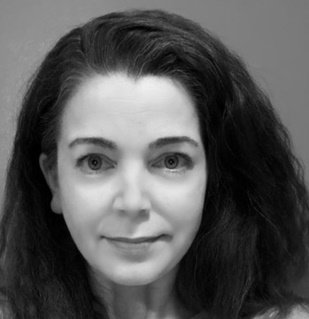 Lorra Garrick is a former personal trainer certified by the American Council on Exercise. At Bally Total Fitness, where she was also a group fitness instructor, she trained clients of all ages and abilities for fat loss and maintaining it, muscle and strength building, fitness, and improved cardiovascular and overall health.
Lorra Garrick is a former personal trainer certified by the American Council on Exercise. At Bally Total Fitness, where she was also a group fitness instructor, she trained clients of all ages and abilities for fat loss and maintaining it, muscle and strength building, fitness, and improved cardiovascular and overall health.
.

